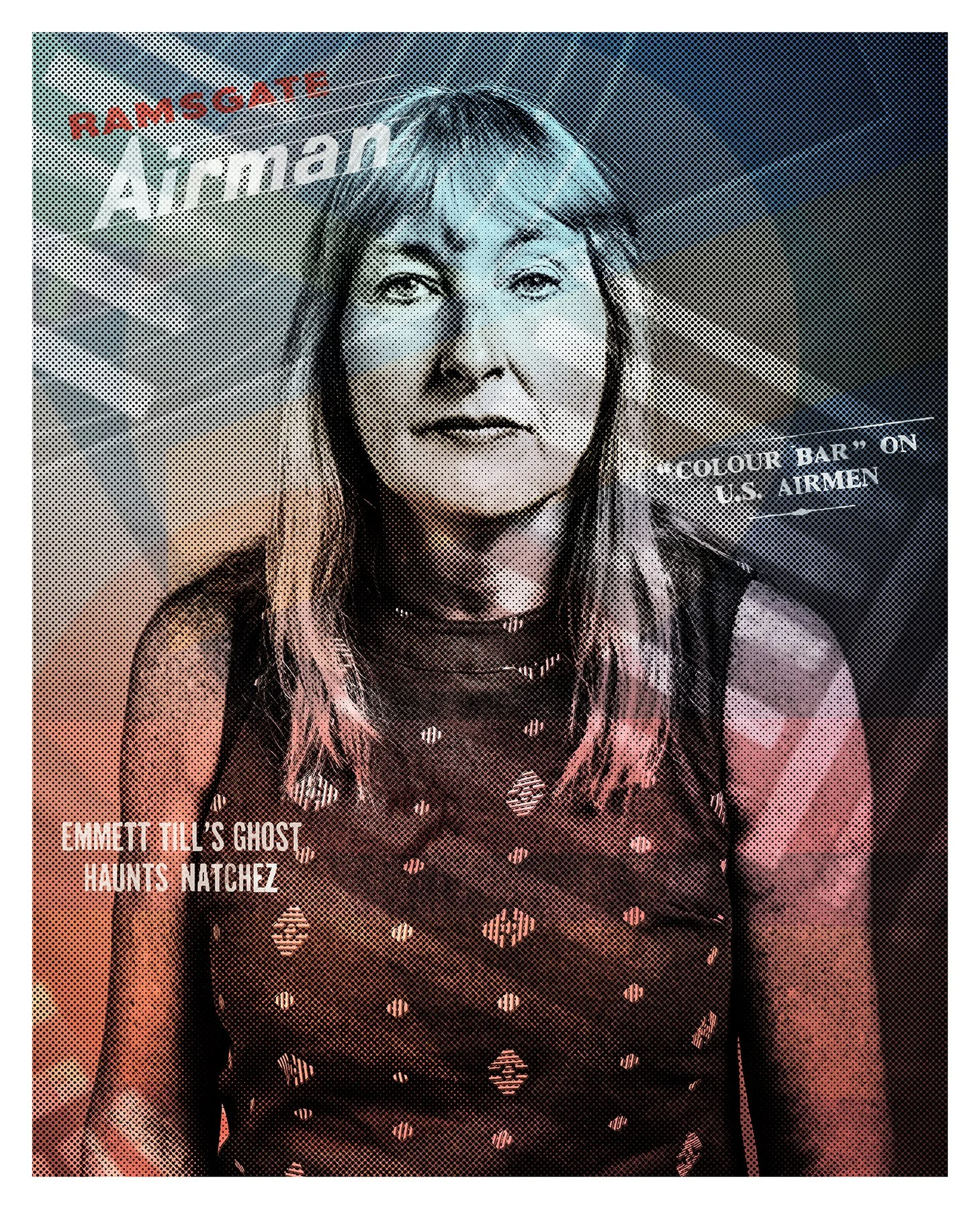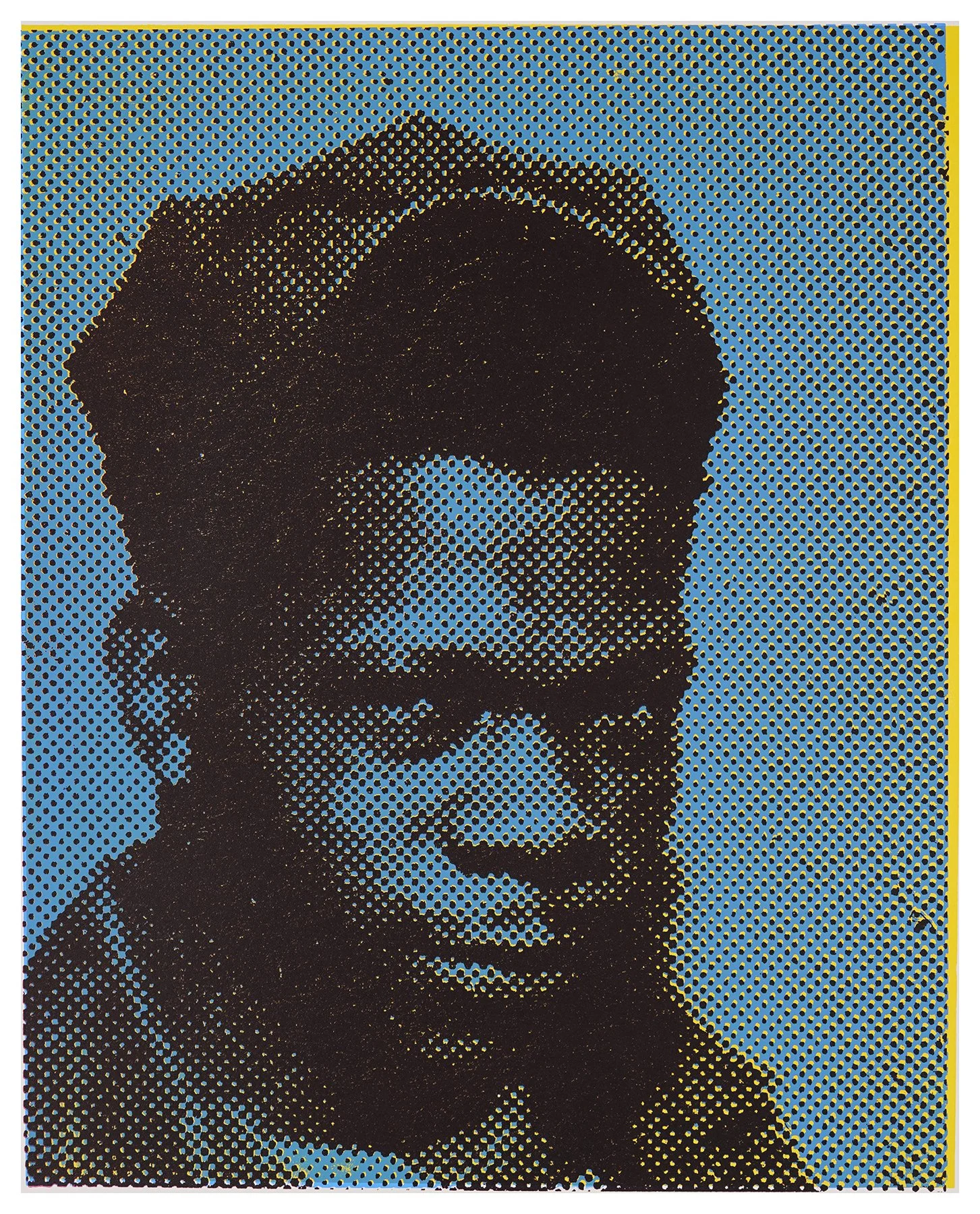‘A place in which we can co-exist will be of our own making’
Inspired by James Baldwin
Image By Richard Birch
Between 1951 and 1958, there were 2,500 United States (US) Air Force servicemen and servicewomen stationed at RAF Manston, located outside Ramsgate. Of these, 200 were African American and there were also non-white American personnel from indigenous and other ethnic groups. When the US military was formally ‘desegregated' in 1948, it was the start of a personnel shortage. At that time, enlistment presented attractive, enticing benefits to all potential airmen. Particularly for African American and Native American airmen enlistment provided unprecedented access to education that had previously been denied to them. The opportunity to gain an education, or specialist training in a variety of disciplines, ensured greater involvement from these airmen in wartime efforts. Access was on a level previously reserved for their white counterparts.
For some non-white airmen, the new skills and knowledge acquired through their service would have the potential to positively impact their lives during peacetime by allowing for upward social and economic mobility. Additionally, being stationed abroad would have expanded their understanding of political and social issues, both in the US and internationally, which would have shaped their perspectives and actions in the pursuit of civil rights and activism, regardless of where they were stationed.
Even whilst abroad, all US airmen were obliged to obey the same legal restrictions imposed by stateside legislation; this would have included observance of Jim Crow laws. These laws, which were in effect for nearly a century from the post-Civil War era until 1968, were designed to enforce segregation and marginal- ise African Americans, Native Americans and other non-whites by denying them basic rights such as suffrage (the right to vote), education, freedom of movement, employment and more. These laws also sought to prevent interracial relation- ships, referred to as "miscegenation" at the time. Violating these laws could lead to severe punishments such as arrests, fines, imprisonment, verbal abuse, physi- cal violence and even death.
The US Army’s application of these practices, regardless of geographical location, denied many African American and Native American airmen the opportunity to experience army life in the same manner as their white counterparts, thereby tainting their experience of being stationed abroad.
Screen Print By Charlie Evaristo-Boyce
Image By Richard Birch
Screen Print By Charlie Evaristo-Boyce
The US government also informed local communities around RAF Manston of the discriminatory practices and encouraged them to adopt them. The results of this effort were mixed. Military officials shared segregationist practices which led to their adoption by fearful locals who viewed the airmen as undesirable and disregarded their important role in defending and rebuilding Britain after WWII.
Allegations of racial restrictions at RAF Manston led to an investigation by US Congressman Reverend Adam Clayton Powell Jr. Clayton Powell visited the UK in person for his whistle-stop, fact-finding mission across Europe.
On 7 August 1957, The East Kent Times reported that Ramsgate’s Mayor, Alderman Rev. Harcourt-Samuels, sought an ‘out of bounds’ order banning all American servicemen stationed at RAF Manston, from Ramsgate. The newspaper down- played this and concluded that there was no ‘colour bar’. Numerous Ramsgate residents wrote to the paper disagreeing with its dismissive assessment. They suggested that the order was in fact intended to restrict movement of all non-white airmen to RAF Manston. The unprompted advocacy of these Ramsgate residents ensured that news of the ban continued to travel far beyond their area.
These lesser-known events and accounts of military history, migration and transit deserve attention because they have played a role in shaping British history on a local and national level. The willingness of some Ramsgate residents to welcome and interact with all airmen, despite dealing with the aftermath of WWII, demonstrates a general hospitality regardless of race. It is noteworthy to mention the way these residents actively fought against their own town council to gain access for African American and Native American airmen.
This occurred only a few years after the first Windrush voyages, the interactions between Ramsgate’s residents and the non-white airmen would have been unlikely before this time.
Image By Richard Birch
Screen Print By Charlie Evaristo-Boyce








